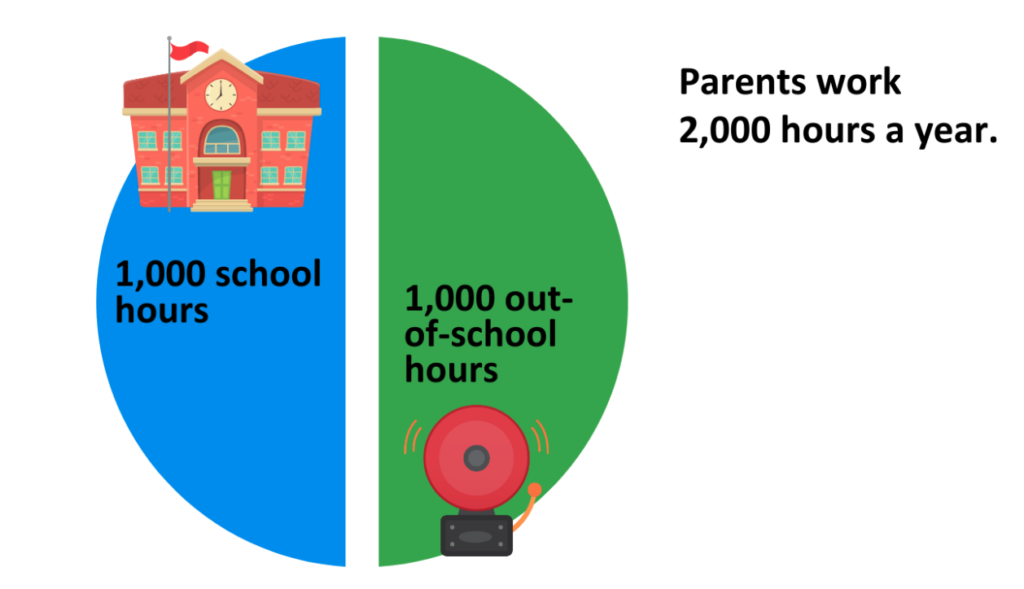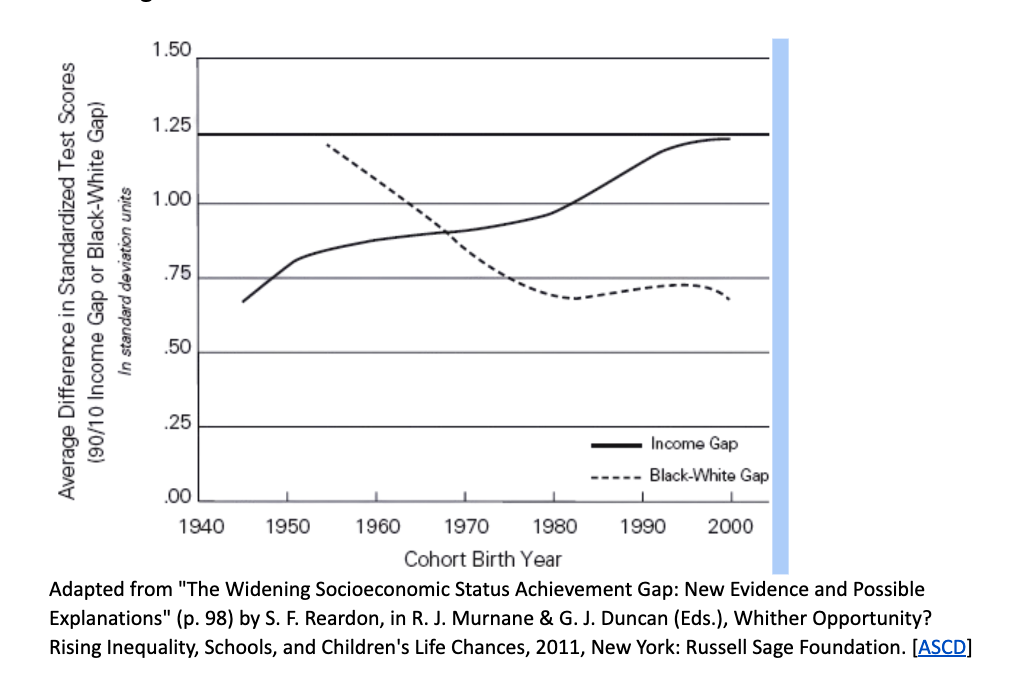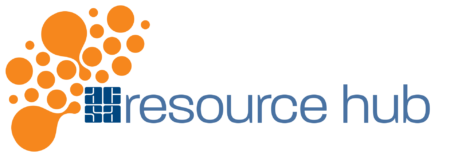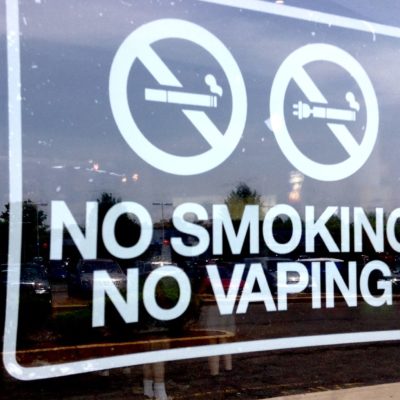This resource is provided by ACSA Partner4Purpose 6crickets.
1. Is expanded learning a key initiative in your district’s strategic plan or LCAP?
It really should be!
Expanded learning in the out-of-school time is half of K-12 education. Does your district or school place the right amount of importance on it? There are two simple numbers that easily make the case. Parents work 2,000 hours a year (40 hour week for 50 weeks in a year assuming 2 weeks of no-work days). American K-12 students are in school for only 1,000 of those 2,000 hours. So, there are 1,000 hours each year when students are out of school while parents are still working.

Research has consistently demonstrated that high-quality afterschool, out-of-school-time (OST) programs, or expanded learning programs have a positive impact on students’ educational outcomes, school attendance, and social and emotional learning [Source].
Nevertheless, we have long observed the activity gap where access to extracurricular activities is growing more unequal and pushing disadvantaged kids further behind. This activity gap leads to engagement and learning gaps in school, which has in turn, rapidly widened the income achievement gap, as shown in the below figure.

“If we do not find ways to reduce the growing inequality in education outcomes—between the rich and the poor—schools will no longer be the great equalizer we want them to be.” [ASCD] Expanded learning programs play a critical role, are a key equalizer here, and are well worth being in the strategic plan or Local Control and Accountability Plan (LCAP) of any school district.
Now you are passionate about expanded learning and believe in its impact. Awesome! Then how do you ensure that your specific expanded learning program delivers? The next three questions can help you assess.
2. Does your program have choice-driven enrichment clubs in addition to child care?
We invite you to take a look at the expanded learning programs at Bonsall Unified School District. What stands out to you about their programs?

Not only has Bonsall USD provided a safe place for their students outside of school hours with an extended care program that provides basic support like homework help and snacks, but they also have provided choice-driven enrichment clubs in topics like Lego engineering, soccer, world culture, creative writing, programming with Minecraft, hip hop dance, animation movie, science, and cooking.
Bonsall USD closed the activity gap for their students!
Choice-driven means letting students choose, but not forcing an enrichment club rotation onto every student.
Choice-driven also means involving parents. Studies have shed light on the vital roles and functions that families of all backgrounds can perform to support their children’s and youth’s development and success [youth.gov]. At Bonsall USD, families register their students into extended care and enrichment clubs. The parents are also asked to provide reviews and feedback for the programs. Those starred reviews came from families. One can imagine the meaningful conversations families have with their children about their learning during this process. The parents’ feedback is valuable input for continuously improving the program.
Lastly and importantly, Bonsall USD has engaged their whole community to support their programs. Bringing in community partners to support enrichment and extended care programs not only alleviates the heavy workload for the district, but it opens up a platform to support and grow local businesses in the crucial sector of education and to encourage healthy competition and innovation.
3. Have you sharpened the saw?
We live in a modern world where we Uber a ride, Airbnb a home away from home, and DoorDash groceries and food delivery. Do you have a quality, modern tool to manage the complex operation of expanded learning that involves not only your staff and students, but also families, vendors, and their instructors?
Are you overworking because of the logistical nightmare of expanded learning?
Do you have a makeshift system that pieces together different tools for registration, attendance, and reporting?
Have you been postponing new system adoption because you are too consumed by the current logistical tasks?
If so, it is time to “sharpen the saw” and modernize your expanded learning operations.
Modern expanded learning management systems have arrived. For example, 6crickets provides one system for you to manage across the district, school sites, providers, instructors, and families and unifies registrations, attendance, and reporting (learn more).
4. Have you connected expanded learning with in-school learning?
Afterschool should not be an afterthought. Out-of-school time programs shouldn’t be disconnected from in-school learning. It is crucial to have a continuous improvement process to measure student outcomes from after-school and summer programs and from various enrichment clubs. Measurements drive progress.
Nevertheless, this could be daunting to think about. In-school operations are complex and out-of-school time operations are almost equally complex. Putting two complex operations together multiplies complexity!
Divide-and-conquer is indeed a great strategy for this scenario. We just need to link the two worlds. A simple mechanism of sync-ing data between your Student Information System and your expanded learning system can do the trick.
With accurate student data, you can then collate data, analyze student outcomes, and use the analysis result to drive improvements for your out-of-school time programs.
Interested in discussing more and learning some successful districts’ practices? Reach out to 6crickets at









Leave a Comment